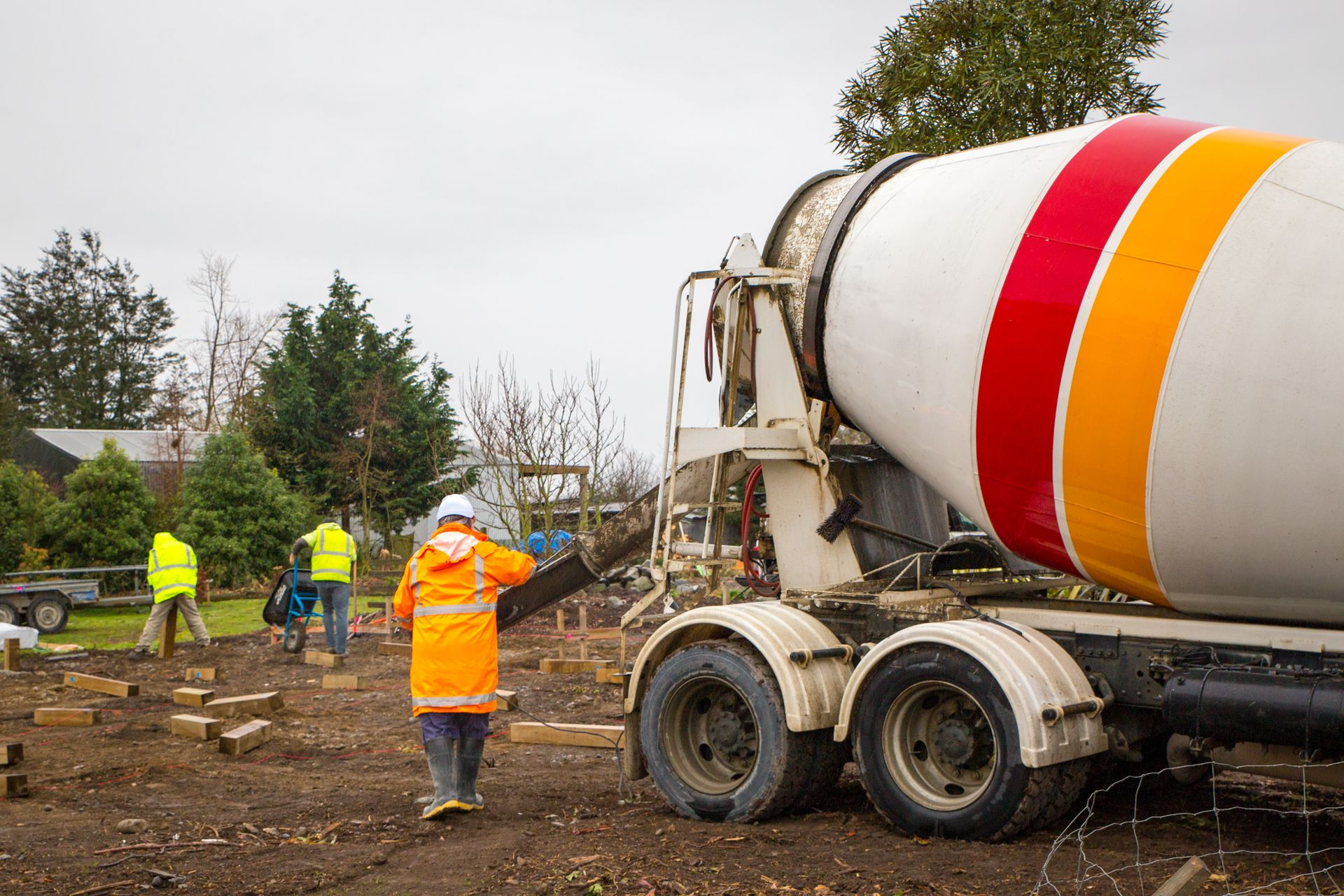As advanced as our civilization grows technologically, we will always be subordinate to the whims of nature.
In an increasingly globalized world, changing weather patterns and extreme weather events present costly challenges that impact investments and human lives.
In the construction industry, a 90-degree day is not just an inconvenience but a significant health risk.
Likewise, rainy days are not just a hindrance to our plans; they can actively delay construction projects and hemorrhage companies’ money.
As the rainy season alternates between geography across the US, construction zones need to be mindful of the added risks that rain and extreme weather events present to construction zones.
Some of the more severe hazards associated with extreme wind and rain events include:
- Falling debris from trees and plants
- Live electrical wires
- Lightning strikes
- Flooding
- Sediment runoff and pollution
- Slips and falls
- Cave-ins and structural collapses
In turn, the extreme rainy season can lead to structural damage, costly delays, and crew injuries that increase costs and liabilities.
That’s why we’ve outlined ten concrete steps to help companies manage their construction zones during the rainy season, so they are better prepared.
1. Prepare for Delays
Account for potential delays when managing a contract with developers so that you can complete a project on time and within budget.
Not only can extreme rain cause physical delays on days when work can no longer progress, but you also have to budget aside time and money for equipment malfunctions and potential damage if the weather is severe enough.
Reducing your risk as much as possible by incorporating more leniency into your contracts will give you the best protection against potential liabilities and costly project delays.
2. Review Your Contract
If you’re tied to a current contract and about to enter the rainy season, consider finding ways to negotiate the contract.
Even if you have to eat some of the costs of delaying a project by a few weeks, ensuring that the project is built fully to spec will be worth it.
One thing to remember is that tight deadlines lead to sloppy work, which leads to more issues that are harder to resolve.
3. Keep Consistent Tabs on the Weather
This tip should generally be followed year-round. Tracking weather patterns gives you the best chance to plan projects around potential rainfall, so untreated wood or new concrete is not exposed to damaging rainfall.
Likewise, wells and sewage systems can be subject to collapse if built during hazardous rainfall, which makes the soil loose.
4. Ensure Workers Are Properly Protected
Prioritize worker safety as the rainy seasons bring about many of the aforementioned hazards we listed in the intro, including slick surfaces and exposure to live electricity.
One construction safety management tip we emphasize is using personal protection equipment (PPE) to reduce the risk of worker injury during wet, windy, or rainy days. Some examples of PPE you need to provide workers include:
- Water-repellant apparel: Reduces the risk of illness.
- Orange vests: Increases visibility in the rain.
- Slip-resistant boots: Reduces the risk of slips or falls.
5. Train Staff in Hazard Control
We recommend training crew in proper hazard identification and control so they know what to do when presented with a dangerous situation.
In addition, to live wires and slick surfaces, workers need to properly mark out trenches to avoid accidents in low visibility, properly inspect equipment before use, and even erect erosion control perimeters to prevent sediment runoff.
Workers and construction managers should also be trained to stop projects or alert others when hazards are available and report all incidents in your reporting system.
6. Keep Equipment Protected
Protecting machinery is another major concern for construction zones, which deal with highly valuable electric and mechanical equipment that can be subject to rust and shorting.
Other potential hazards could include mud, which makes cranes and other machinery difficult to use in wet conditions, and even damages the equipment if not properly stored.
Use waterproof tarps to cover equipment during rainstorms and keep all machinery safe, away from sediment runoff or unsecured ground.
7. Be Weary of Wood and Concrete
Specifically, untreated wood used for framing materials early in projects and concrete pouring can be vulnerable to damage that leads to structural issues months into a project.
Plan to complete these portions of a construction project when the weather is suitable to avoid potential damage.
8. Erect Proper Erosion Controls
Soil erosion from construction zones can be hazardous for workers and equipment and lead to stormwater runoff that pollutes the local environment. Develop a stormwater management plan that includes proper erosion/sediment control measures, such as silt fences, sediment traps, or basins.
An environmental consult can also help you develop a SWPPP plan, which may be necessary for some projects that disturb an acre or more of land.
9. Know When to Delay or Cancel Shifts
Finally, it’s essential to know when to delay a project when the weather becomes too extreme. Balancing safety concerns with budgets and deadlines may be difficult, but often it’s more cost-effective to resume work when the conditions have cleared. That’s why it’s important to negotiate a contract with these safeguards so that you can protect your work zone and crew.
Operating during the rainy season can be challenging for most construction companies without a solid plan.
Fortunately, working with a safety plan development company specializing in all aspects of construction management, from SWPPPs to quality assurance, will ensure that your projects can successfully navigate these pitfalls and operate more efficiently than ever.

